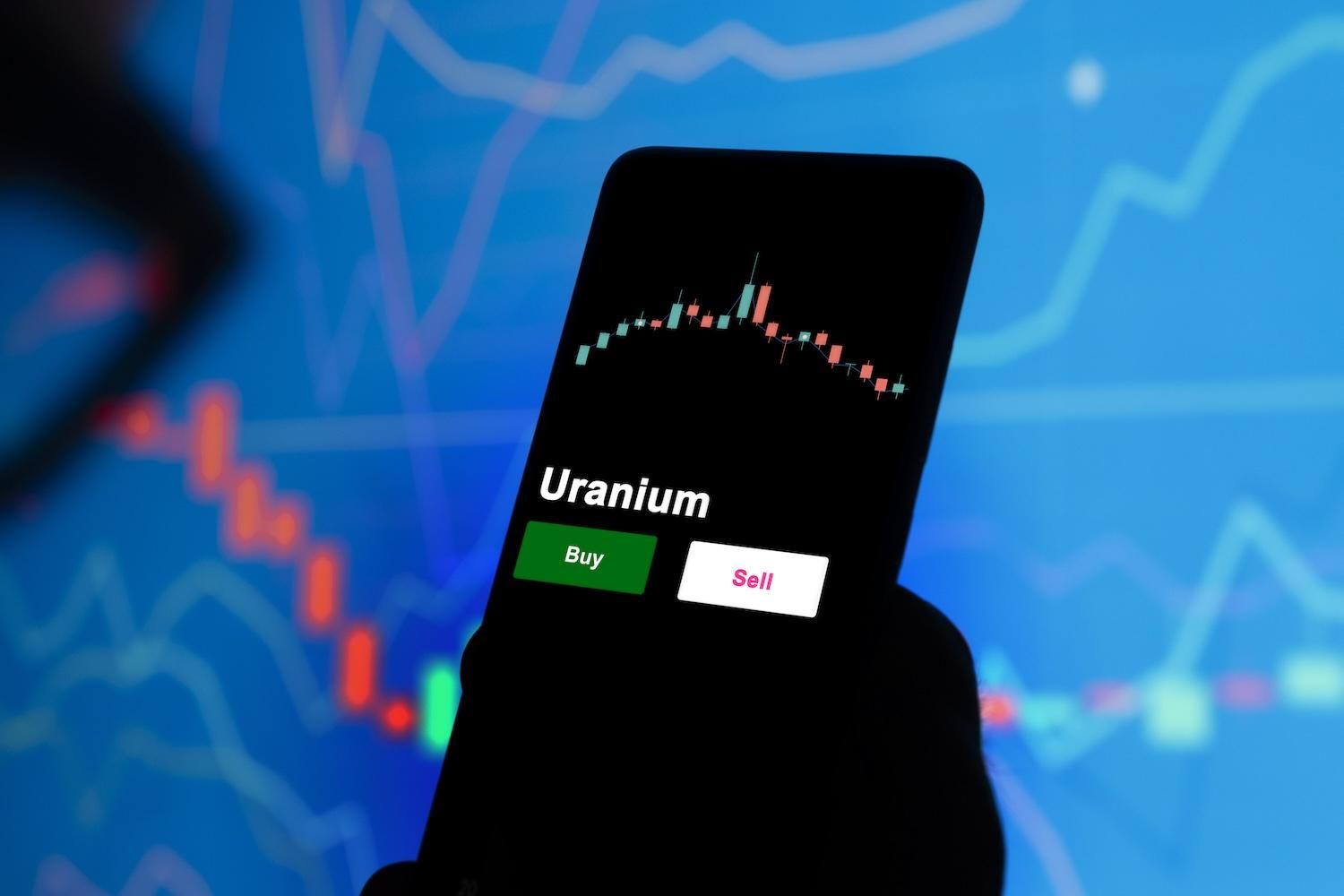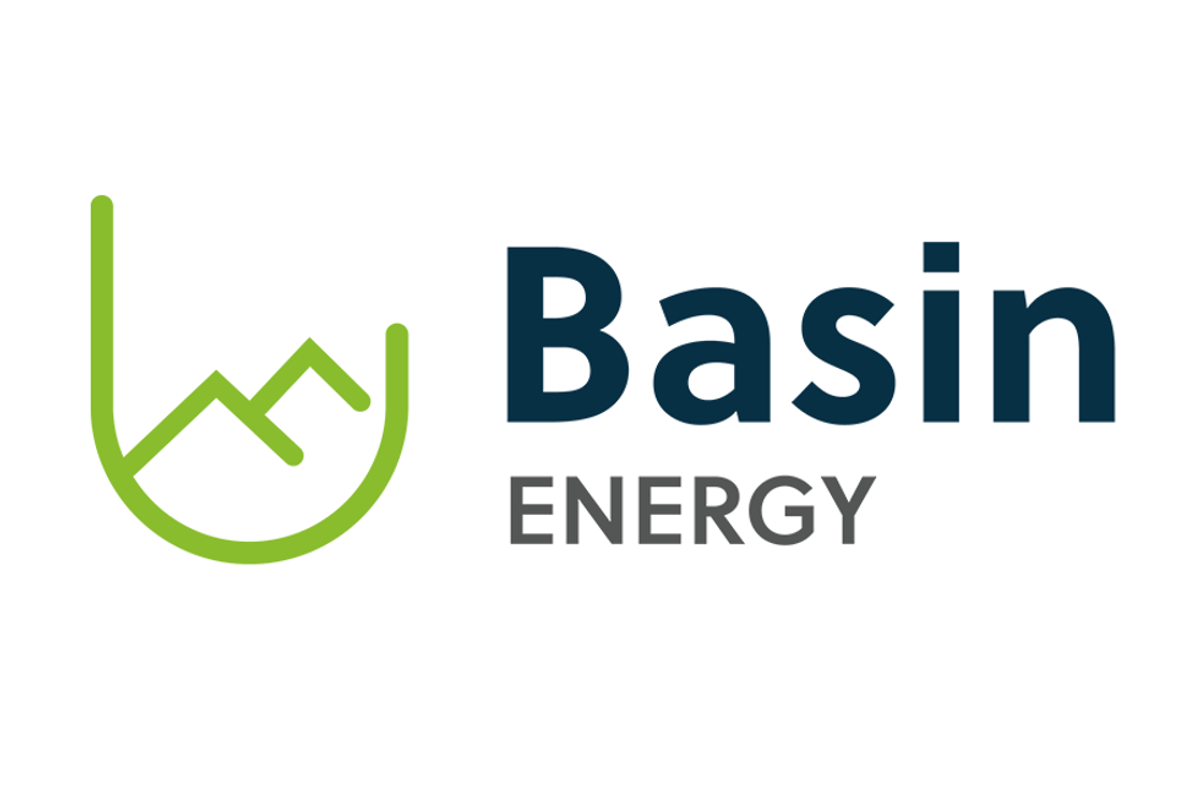
April 30, 2024
Alligator Energy Limited (ASX: AGE, ‘Alligator’ or ‘the Company’) is pleased to announce significant uranium mineralisation intersections from its resource extension drilling program at the Samphire Uranium Project, near Whyalla, South Australia.
Highlights
- Significant uranium intersections encountered in roll fronts in Alligator’s resource extension drilling at wider Blackbush deposit target areas.
- A total of 49 holes drilled for 4,089m from late Jan to mid-April 2024.
- Results support the exploration strategy outlined in Alligator’s Exploration Target Range1.
- Continued refinement in understanding the uranium roll front morphology at Blackbush is delivering step out targets for the next round of drilling, re-commencing mid-May.
- Significant uranium mineralisation intersections include (see Figure 1 for full detail):
- BBRM24-235 4.44 meters at 0.43% (4,370ppm) pU3O8 from 61.38m (GT 19,403)3
- BBRM24-222 1.47 meters at 0.40% (3,992ppm) pU3O82 from 60.68m (GT 5,868)
- BBRM24-224 0.75 meters at 0.64% (6,450ppm) pU3O8 from 63.57m (GT 4,837)
- BBRM24-239 1.17 meters at 0.30% (2,971ppm) pU3O8 from 64.24m (GT 3,476)
- BBRM24-238 0.60 meters at 0.37% (3,735ppm) pU3O8 from 67.50m (GT 2,241)
- BBRM24-225 1.72 meters at 0.12% (1,170ppm) pU3O8 from 64.32m (GT 2,012)
0.59 meters at 0.28% (2,756ppm) pU3O8 from 66.71m (GT 1,626) - BBRM24-217 3.07 meters at 0.05% (493ppm) pU3O8 from 58.47m (GT 1,514)
- BBRM24-220 1.32 meters at 0.10% (978ppm) pU3O8 from 56.10m (GT 1,291)
- On return to the field the focus will be on further investigation of Extension Area 2 and assessing the expansion potential of the Blackbush West mineralisation into the Blackbush North Target Area (Figure 2).
- Drilling contractor engaged for sustained operations at Samphire for the remainder of 2024 with the objective of updating the JORC Resource Estimate in Q4.
- Ground gravity survey results are proving an invaluable tool for targeting roll-front uranium deposits in the Samphire paleochannels.
Alligator’s CEO Greg Hall stated: “We are pleased to see Blackbush deposit mineralisation extending within the immediate target areas of the current resource to the west and east initially. The resource geology team is becoming adept at finding the redox boundary between oxidised and reduced sands, and hence quickly narrowing the search for the potentially economic roll front structures. In some instances, we are aided by the great exploration work done by the predecessor company historical gamma drilling intersections.”
Samphire 2024 Drilling Program Rationale
Exploration drilling re-commenced at Samphire late January 2024 to investigate potential extensions to uranium mineralisation in the Kanaka Bed sands within the Samphire palaeochannel system surrounding the Blackbush deposit. Initial focus has been on Blackbush Extensions 1 and 2 Target Areas (Figure 2). To date, forty-nine (49) holes for 4,089m have been drilled.
For background, the palaeochannels are ancient structures eroded into the underlying granites (being the source of uranium), where the Kanaka bed sands have been deposited at approx. 60 to 80 m depth. Not all these Kanaka bed sands are mineralised. Rather the dissolved uranium moves through the sand pore spaces with the saline groundwater within sand layers until it encounters a reducing medium (e.g. pyrite, carbonaceous matter) when the uranium deposits out around the sand grains. These deposition structures are called “roll fronts” and are the main structures being targeted during resource extension drilling.
Click here for the full ASX Release
This article includes content from Alligator Energy Limited, licensed for the purpose of publishing on Investing News Australia. This article does not constitute financial product advice. It is your responsibility to perform proper due diligence before acting upon any information provided here. Please refer to our full disclaimer here.
The Conversation (0)
4h
Uranium Price 2025 Year-End Review
After 2024’s rapid rise, the U3O8 spot price remained more constrained through 2025, fluctuating between a relatively short range of US$63.17 (March 13) and US$83.33 (September 25) per pound. Entering the year, the price was sitting at US$74.56 before economic and geopolitical uncertainty pushed... Keep Reading...
08 December
American Uranium Eyes Resource, Scoping Study Update in 2026
American Uranium (ASX:AMU) is advancing drilling at its Lo Herma project in Wyoming, with work continuing into the winter season, according to Executive Director Bruce Lane in an interview with the Investing News Network. The company is currently awaiting results from recent hydrogeological... Keep Reading...
04 December
China’s Sole Uranium Miner Soars in Market Debut
China National Uranium (SZSE:001280) more than tripled in value during its first day of trading in Shenzhen, raising about 4 billion yuan (US$570 million) in its Wednesday (December 3) debut.According to an exchange filing cited by Bloomberg, the state-backed miner priced 248 million shares at... Keep Reading...
02 December
Niger Moves to Sell Uranium from Orano's Seized SOMAÏR Mine
Niger’s military government announced on Sunday (November 30) that it intends to put uranium produced by the SOMAÏR mine on the international market.General Abdourahamane Tiani, head of the junta, told state television that “Niger's legitimate right to dispose of its natural riches to sell them... Keep Reading...
30 November
Expands REE and Uranium Footprint at Sybella-Barkly
Basin Energy (BSN:AU) has announced Expands REE and uranium footprint at Sybella-BarklyDownload the PDF here. Keep Reading...
28 November
Orano Condemns Illegal Uranium Transfer from Niger Mine
Orano said it “strongly condemns” the removal of uranium from the SOMAÏR mine in Northern Niger.The French firm called the transfer illegal and a direct breach of the International Center for Settlement of Investment Disputes’ (ICSID) September ruling, which prohibits the material's sale or... Keep Reading...
Latest News
Latest Press Releases
Related News
TOP STOCKS
American Battery4.030.24
Aion Therapeutic0.10-0.01
Cybin Corp2.140.00





